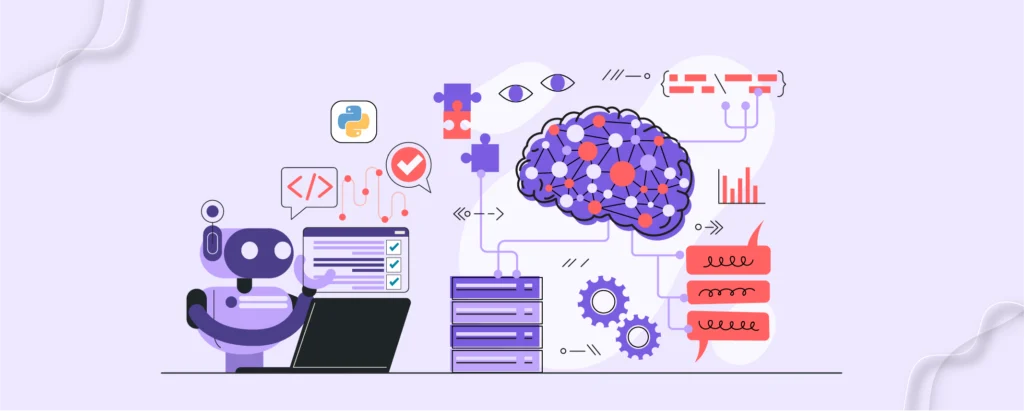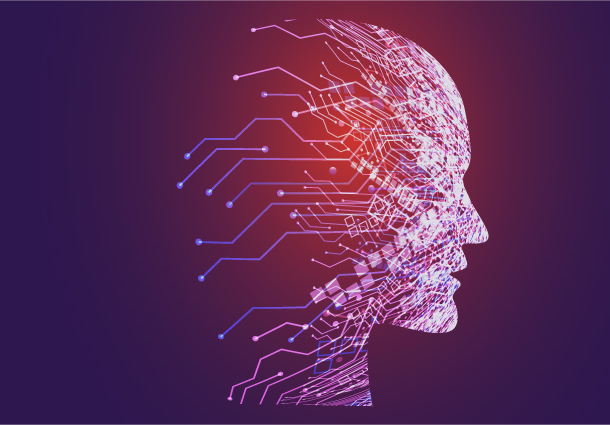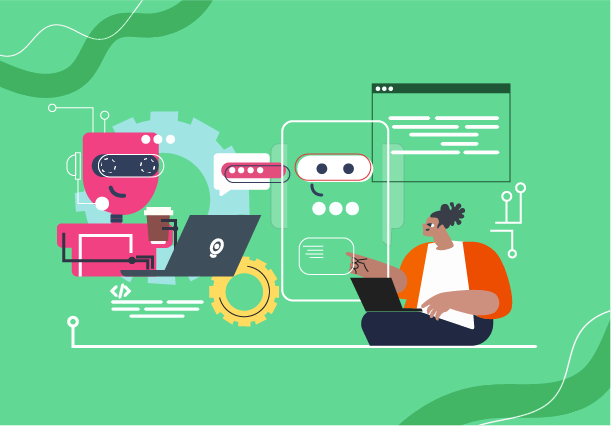Commencing on the Preamble World of Deep Learning with Python
Python is a prominent programming language that is easy to use when it comes to analytical and quantitative computing. Its simplicity, and versatility along with its vast range of libraries like Numpy, Seaborn, Pandas, and sci-kit-learn make it a quintessential choice for deep learning models. But what is Deep Learning? It is a subdivision of artificial intelligence inspired by the tortuous workings of the human brain. Deep Learning has become the most conversant topic in data science. But ever wonder when the time will come when machines or computer programs will replace humans? Deep Learning has loomed as an influential tool for extracting valuable insights from huge volumes of datasets and solving complex problems across various domains. No doubt, deep learning rotates around neural networks.
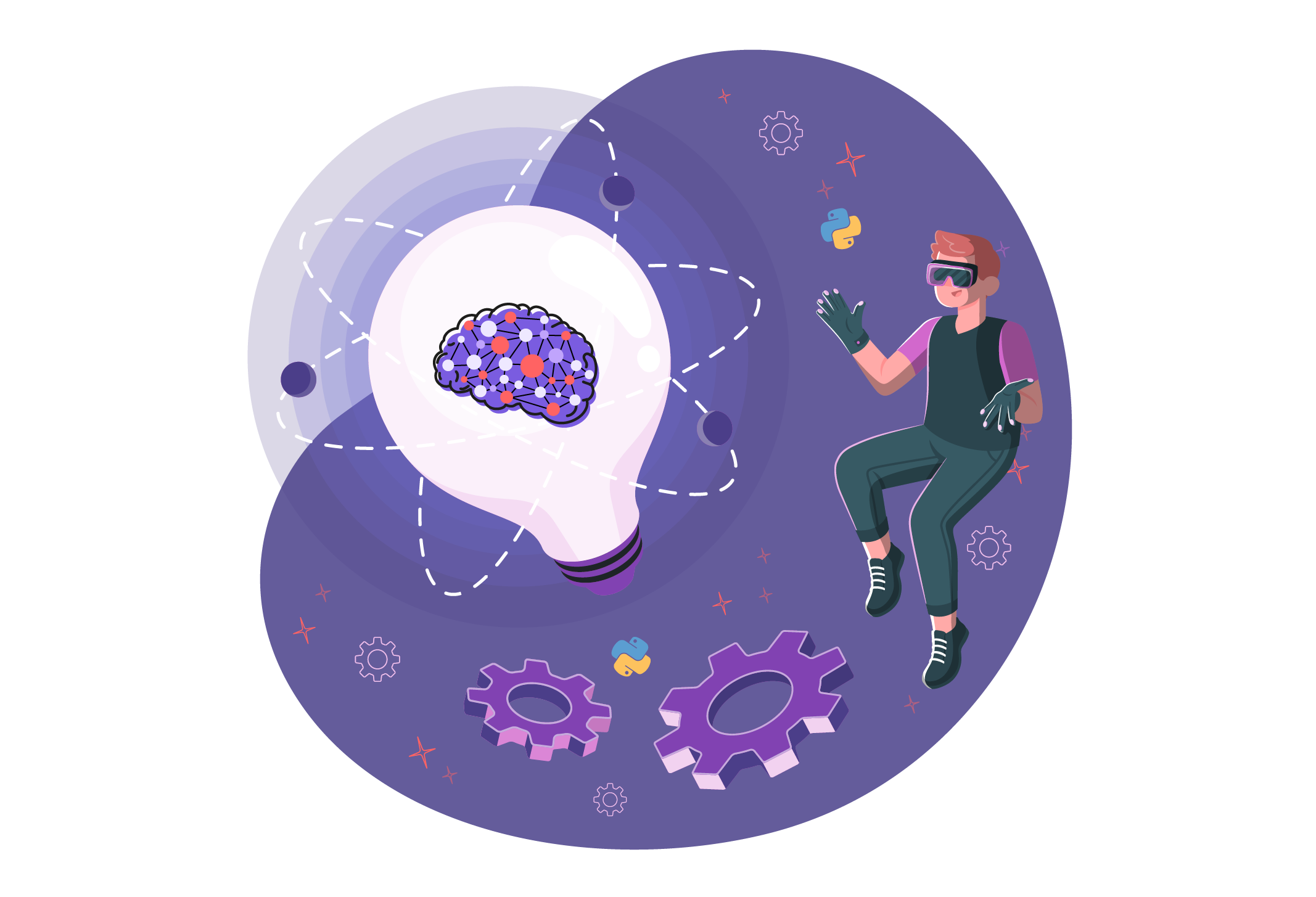
Additionally, python for deep learning provides extensive libraries and frameworks such as Panda, TensorFlow, PyTroch, and Keras which allows deep learning to build powerful neural networks. But do you want to know more about these libraries? And how are they even worth it in the world of Deep Learning? Don’t worry! In this blog post, we have sprinkled some basic insights about deep learning with Python, furthermore strapping more pepper knowledge about curating neural networks with Python. Also, we will demonstrate the application of deep learning and some discernment of case studies. So let’s explore this topic.
Shackling the Enigma of Marvelous Deep Learning through Python
Deep learning has become an integral part of the machine learning family and it’s an ever-growing part of it. This growth factor has been played by the most popular language, Python from the day of its establishment. Python was created in the 1980s by Guido van Rossum but its first-ever version was released in the year 1991. With its popularity and being a highly demanding programming language, Python has gained demand in various industries and one of them is in the deep learning industry. Python’s compatibility with deep learning has made it a considerable choice among various developers. Powerful libraries such as TensorFlow and PyTorch (respectively developed by Google and Facebook) provide a coherent interface for Python developers to create neural networks.
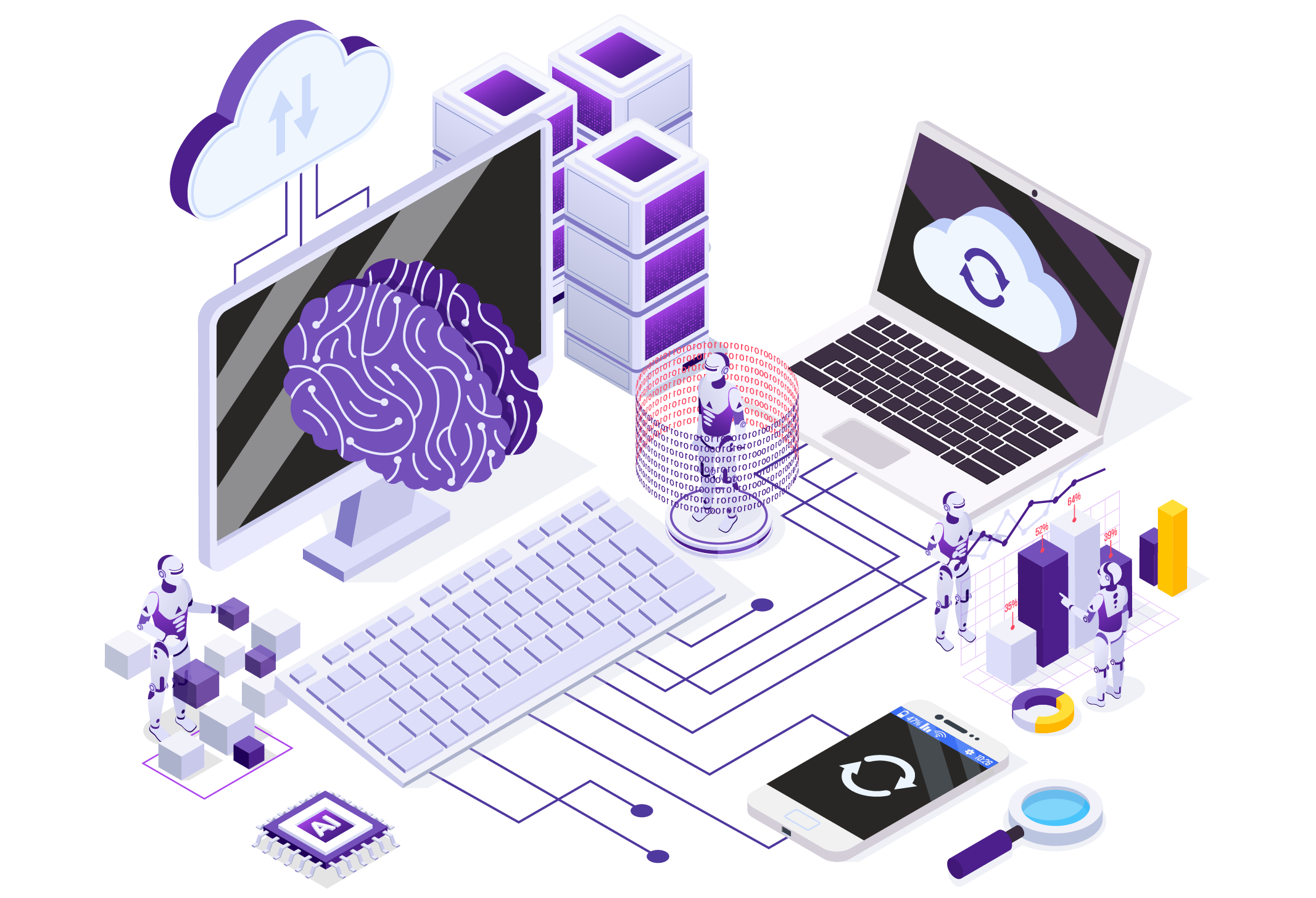
Deep learning using Python refers to the utilization of advanced methods and techniques with Python programming language to interpret complex data. When compared to other programming languages Python is easy to use and learn. Additionally, Python is also used for data management manipulation and forecasting, which makes Python an excellent tool to use for managing the deep learning process which includes managing huge volumes of data for deep learning training.
Cultivating Neural Network by Strapping the Basics with Python
In deep learning with Python, creating a neural network involves several processes. Python provides an intensive library for curation of neural networks like TensorFlow, Keras, or PyTorch, selecting a suitable library that best fits the needs. Once this process is done, prepare the data by loading it, preprocessing it, and splitting it into training, validation, and testing sets where necessary. After the data gets ready, define the neural network architecture and then decide on the number of layers, types of layers, the number of neurons in each segment, and the activation functions. Subsequently, complete the model, then specify the loss function, optimize, and monitor the metrics during training. Furthermore, once the model is done, evaluate the model’s performance on its validation and test sets.
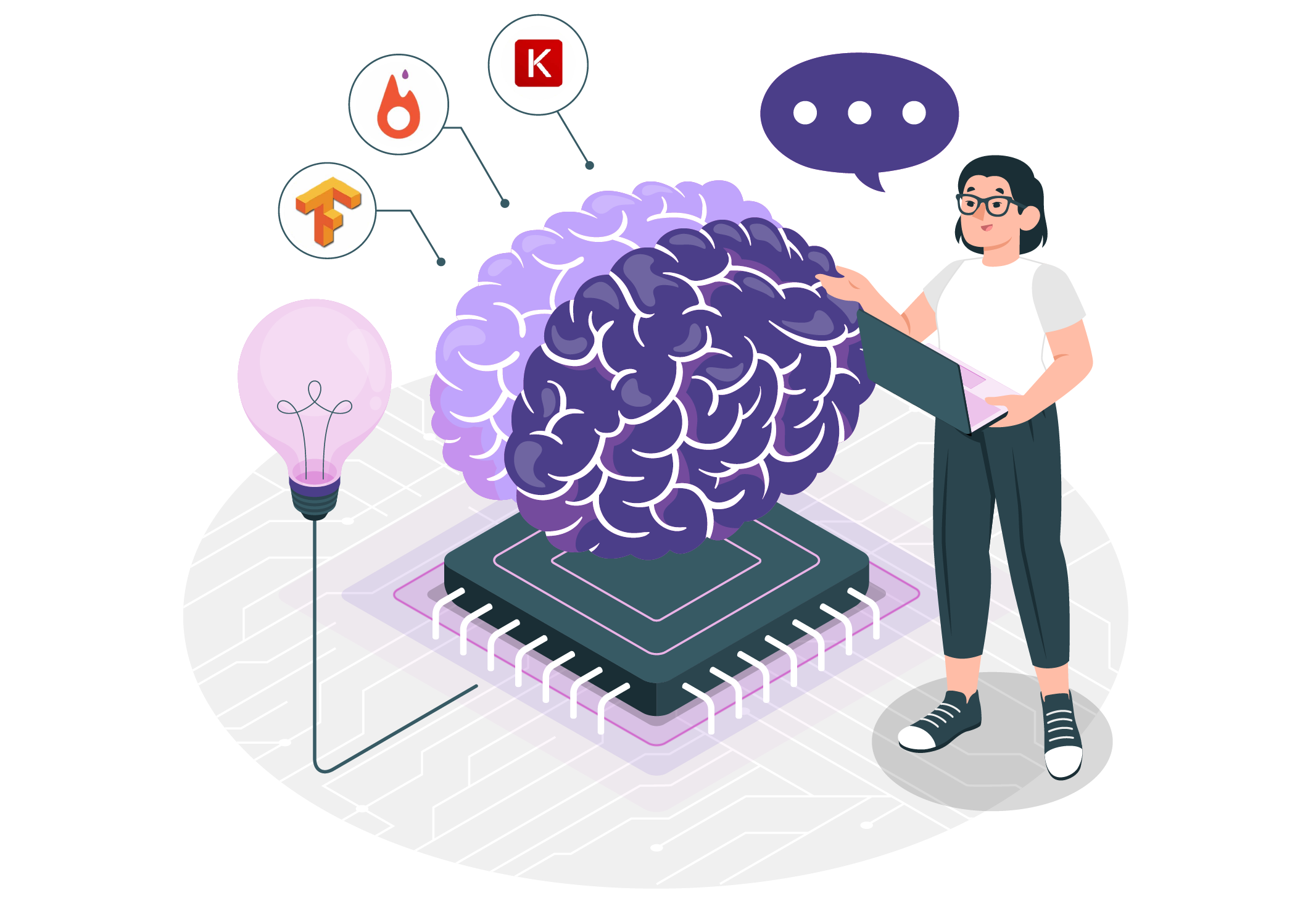
This process will help to analyze the model on how it is accessing to generalize the unseen data. Additionally, fine-tune all the hyperparameters of the model, and adjust the learning rate, batch size, and number of epochs to improve its performance. Once the model’s accuracy meets the needs, suction it to make predictions on unseen data, reveals insight data and aids in making informed decisions. This process of optimizing and deploying models ensures effectiveness in real-time applications.
Chronicles of Deep Learning Monarchy by Python Libraries Secrets Revealed
In recent years, deep learning with Python has proven to be the best tool. Extensive libraries and frameworks like TensorFlow, PyTroch, Keras, and Pandas make it easy to develop powerful neural networks. When compared with another programming language, Python’s simple syntax enables applications to develop faster. Another reason for using Python for deep learning is its capability to smoothly integrate with other systems coded in various programming languages. The first Python library is TensorFlow which was developed by the Google Brain team and provides a vast range of flexible tools, libraries, and community resources. Additionally, TensorFlow is an open-source Python library, which automates compute function derivatives within a high-level language. It even has a flexible architecture and framework that runs on various computational platforms.
Another trending library for deep learning with Python is Pytorch, which is an open-source library created by Facebook’s AI research team. Pytroch enables us to do many tasks, which is especially useful for deep learning applications like NLP and computer vision. One of the best features of PyTroch is its high speed of execution power when handling hefty graphs. It is highly flexible and capable of operating on CPUs and GPUs. Additionally, yet another notable library for deep learning with Python is Keras, which is used for deep learning tasks, bestowing for dynamic deep neural network testing. Keras also provides the tools that are needed to construct models and analyze datasets. This library is often preferred in deep learning with Python due to its modularity, extensibility, and flexibility. Furthermore, Keras operates in several environments and can run on CPUs as well as GPUS.
Significantly another open-source Python library that is mainly used in both data science and deep learning is Pandas “not the lackadaisical animal one”, but the library that offers a fast and efficient way to manage the data by providing DataFrames, which permits data efficiency and versatile manipulation of data in different ways.
The Boundless Expansive Horizons Applications of Deep Learning
Deep learning is a subdivision of Python, which utilizes neural networks to grasp complex patterns from data. Deep learning with applications using Python consists of implementing Python libraries and frameworks to build and deploy deep learning models in various industries. These deep learning models are applied in computer vision, natural language processing (NPL), and reinforcement learning. In computer vision, using Python for deep learning models enables the identification of visual environments such as object detection and recognition, image classification and segmentation, etc. When it comes to object detection, deep learning models identify and locate objects within an image and videos, which enables the machine to perform certain tasks such as face recognition for images, identification of an individual in the photo, surveillance, etc.
Moreover, on the other side of the plate, deep learning models are also used for image classification and segmentation, which discriminate an image from others and classify it using labeled categories. Natural Language Processing (NPL), the deep learning model enables generating humane language, speech, or the apprehending of the speaker based on nuances in voice. This includes speech recognition, sentiment analysis, language translation, and text generation. In text generation, deep learning with the Python model is capable of engrossing the text like summaries and essays, and can automatically generate based on its training. In addition to that, in language translation, deep models can easily translate text from one language to another, which makes it easy to communicate with other people who have different lingual backgrounds.
Furthermore in sentiment analysis, the deep learning models analyze the sentiment of a text, to ensure that whether the text is positive or negative or in a neutral state. Besides, deep learning in reinforcement learning involves training the agents to take action and optimize the rewards by making decisions within an environment. Game playing, robotics, and control systems are some of the deep learning applications using Python. In-game playing, deep learning models outperformed human experts in games like Go, Chess, etc. On top of that, in robotics, these models can be used for training robots to perform complicated tasks, such as navigation and manipulation. Additionally, in control systems, these deep learning models can be used to control systems such as traffic management, power grids, etc.
Python Fueled Exemplar by Enlightening the Case Studies of Deep Learning across Industries
Deep Learning has evolved itself as a transformative technology with its huge range of applications across various industries. These applications have a capability that has gained a spark in the advancements in several fields like agriculture, aerospace, automotive, and the fintech industry.
In Agriculture, deep learning is used to optimize yield production by using data from satellites and sensors and analyzing the temperature and humidity.
Deep learning is used in aerospace, for identifying objects from images which are obtained by satellites. Furthermore, it is also used for surveillance purposes to identify and detect suspicious events.
In the automotive industry, it plays a vital role in those that include detecting traffic signals, and lights to ensure safety for pedestrians and other vehicles.
In the financial industry, the potential risks for fraud are increasing, by deep learning models these risks can be minimized. Moreover, it also evaluates the client’s credit capability by analyzing information from various sources and responding to loan applications at a fast pace.
Inheriting Deep Learning with Python Powered by Pattem Digital
In conclusion, the relationship between Python and deep learning has led to a new era of innovation and advancement across various industries. Its simplicity and versatility, along with powerful libraries such as TensorFlow, PyTorch, Keras, and Pandas, have combined the development of neural networks and deep learning models. This dynamic duo has enabled developers to tackle complex problems in computer vision, natural language processing, reinforcement learning, and beyond.
In various sectors like agriculture, aerospace, automotive, and the fintech industry, deep learning has become a crucial technology, revolutionizing processes and driving efficiency. From optimizing yield production in agriculture to enhancing surveillance capabilities in aerospace, and from ensuring road safety in automotive to minimizing fraud risks and expediting loan processing in fintech, deep learning powered by Python is transforming the way businesses operate and deliver perfect results.
Amidst all of these, Pattem Digital appeared as a deep learning development company, which provides premier deep learning solutions. With Python, we craft advanced solutions to meet the unique requirements of our clients. Moreover, with a steadfast commitment to exploring the frontiers of deep learning, we remain at the forefront of shaping industries worldwide, paving the way for a transformative future.
